The question of who invented bowling has intrigued historians, athletes, and casual players for decades. While modern bowling is often associated with neon-lit alleys and strike celebrations, its roots stretch back thousands of years. The game evolved across continents and cultures, adapting to different rules, equipment, and purposes. From ancient religious rituals to royal entertainment and working-class recreation, bowling has always held a unique place in human history. Understanding who invented bowling requires exploring archaeological findings, historical records, and cultural shifts over time.
Moreover, no single person or nation can claim sole credit. Instead, multiple civilizations developed similar games involving rolling objects toward targets. These early forms laid the foundation for today’s standardized sport. This guide traces bowling’s journey from ancient Egypt to medieval Europe and finally to 19th-century America, where it took on its modern form. You’ll learn about key milestones, rule changes, technological advances, and how the sport became global. By the end, you’ll have a clear answer to who invented bowling — not as one inventor, but as a shared human tradition refined over centuries.
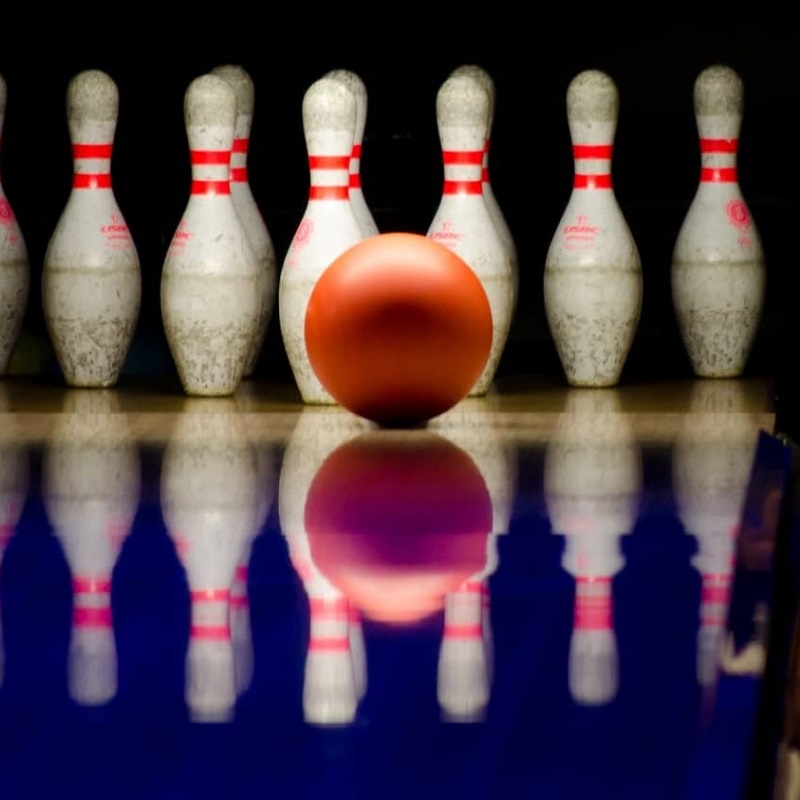 Ancient Beginnings: Early Forms of Bowling
Ancient Beginnings: Early Forms of Bowling
Evidence suggests that games resembling bowling date back over 5,000 years. Archaeologists discovered primitive bowling setups in ancient Egyptian tombs. Small stone balls and pins were arranged in burial chambers. Some researchers believe these items had symbolic meaning. They may have represented challenges in the afterlife.
In other cases, children likely used them for play. Rolling stones toward upright objects is a natural activity. It requires minimal tools and encourages hand-eye coordination.
Similar artifacts appeared in Syria and Turkey. Stone balls and pin-like figures suggest widespread use. These early versions lacked standardization. Each region developed its own rules.
Some scholars link these games to religious practices. Knocking down pins symbolized defeating evil or achieving balance. Others argue they were simply recreational.
What’s clear is that people across early civilizations engaged in target-rolling activities. These weren’t called “bowling” yet. However, they shared core mechanics. Roll an object. Hit standing pieces. Score based on success.
These ancient forms show that the basic idea emerged independently in multiple places. Therefore, answering who invented bowling starts long before written records. The instinct to roll and knock down appears universal.
Bowling in Medieval Europe
By the Middle Ages, bowling-like games spread across Europe. Germans played a version linked to religious reformer Martin Luther. He reportedly approved nine-pin bowling as a moral pastime. It taught discipline and focus.
Meanwhile, in England, lawn bowling became popular among nobility. Players rolled biased balls on grassy fields. The goal was to land close to a smaller target ball. This game, known as “bocce” in Italy, influenced many regional styles.
In France, a similar game called “pétanque” developed. It involved tossing metal balls rather than rolling them. Still, the aim remained accuracy-based competition.
German immigrants brought nine-pin bowling to Austria and Eastern Europe. Wooden lanes began appearing in villages. Local taverns hosted matches. Winners earned drinks or small prizes.
However, authorities often banned the game. Kings feared it distracted soldiers from archery practice. In Germany and France, rulers outlawed bowling during certain periods.
Despite bans, the sport survived underground. Communities preserved traditions. Over time, variations emerged. Some used ten pins. Others changed ball weight or lane length.
These European developments shaped modern gameplay. They introduced structure, scoring, and organized play. As a result, when settlers reached America, they brought these customs with them. The path to answering who invented bowling now moved westward.
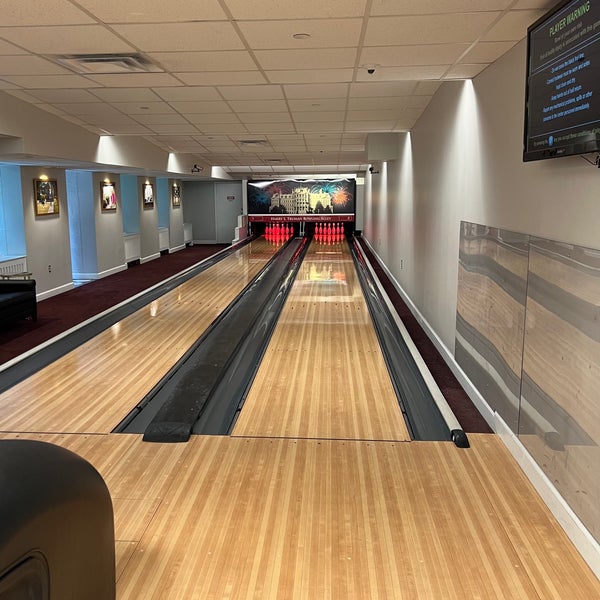 The Birth of Modern Bowling in America
The Birth of Modern Bowling in America
Modern bowling took shape in 19th-century America. German immigrants revived nine-pin bowling in New York and Pennsylvania. Yet, local laws restricted its growth. To avoid legal issues, players added a tenth pin. This created the ten-pin game we know today.
Around the same time, indoor lanes started replacing outdoor ones. Wooden alleys provided consistent surfaces. Oil patterns improved ball movement.
In 1875, the National Bowling Association formed. It aimed to standardize rules and promote fair play. Though short-lived, it set the stage for future organizations.
A major breakthrough came in 1895 with the American Bowling Congress (ABC). Founded by 40 delegates from 27 clubs, the ABC established official regulations. They defined pin size, ball weight, and foul lines. This ensured uniformity across competitions.
Women soon joined the scene. The Women’s International Bowling Congress (WIBC) launched in 1916. It gave female players a platform to compete professionally.
Mechanical pinsetters revolutionized the game in the 1950s. Before this, young “pin boys” reset the pins manually. Automation made bowling faster and more accessible.
Television coverage followed. Weekly broadcasts brought strikes into living rooms. Stars like Don Carter became household names.
Thus, while earlier cultures contributed, America formalized the sport. So when asking who invented bowling in its current form, the U.S. played the defining role.
Key Figures in Bowling’s Development
Several individuals helped shape modern bowling. One notable name is John Brunswick. A Swiss immigrant, he founded the Brunswick-Balke-Collender Company in 1845. His firm manufactured high-quality billiards tables. Later, it expanded into bowling equipment. Brunswick built durable lanes and precision balls. Their products became industry standards.
Another pioneer was Maurice Garin. Though better known as a cyclist, he promoted bowling in France. He helped organize early European leagues.
Thomas J. Curtis advocated for regulation. As a leader in the ABC, he pushed for gender inclusion and youth programs.
Don Carter stood out as a professional icon. He won four BPAA All-Star titles. In 1964, he signed the first million-dollar endorsement deal in sports history. His influence elevated bowling’s status.
Florence Cole Talbert championed women’s participation. She led efforts within the WIBC. Her leadership increased visibility for female bowlers.
Raymond “Ray” Bluth designed early automatic pinsetters. His engineering solved a major bottleneck. Faster resets meant more games per hour.
These innovators didn’t invent bowling from scratch. Instead, they refined it. Each contributed to making the sport safer, fairer, and more enjoyable. Together, they answered part of who invented bowling through improvement and expansion.
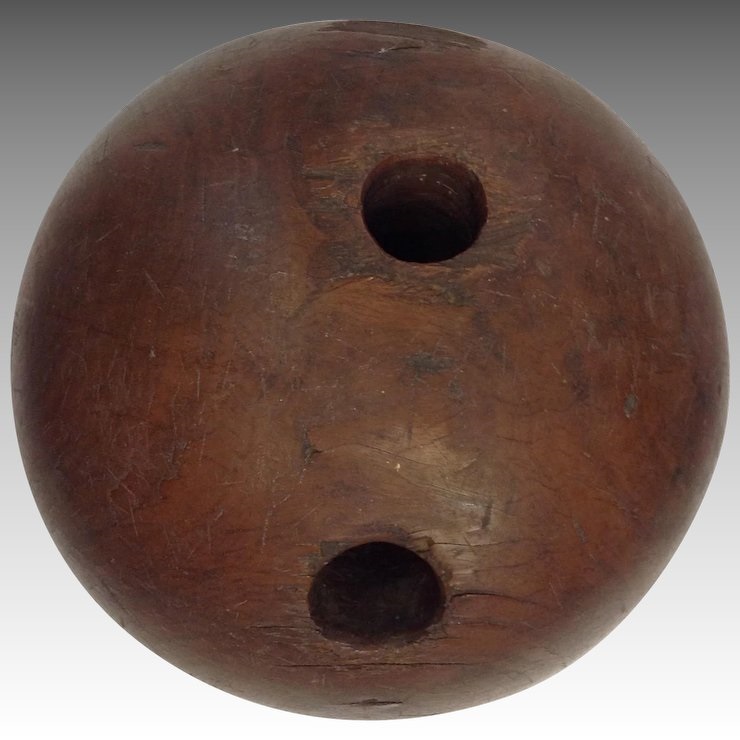 Technological Advances That Shaped the Game
Technological Advances That Shaped the Game
Technology transformed bowling multiple times. First, the shift from wood to synthetic lanes mattered. Early alleys used soft maple. They wore quickly and reacted inconsistently. Modern laminated surfaces last longer. Oil absorption remains stable.
Ball design evolved too. Originally carved from lignum vitae wood, balls later used rubber. In the 1970s, polyurethane shells improved hook potential. Today, reactive resin covers dominate. They grip the lane’s oil pattern. This allows sharper backend motion.
Drilling techniques advanced. Custom finger inserts ensure comfort. Computer-guided systems create precise hole placements. Players achieve better control.
Scoring technology eliminated manual math. Electronic systems track frames instantly. On-screen graphics display splits and strike percentages. This speeds up play and reduces errors.
Lane oil machines apply consistent patterns. Operators choose from house shots or sport patterns. These affect difficulty and strategy.
Cameras and sensors analyze player form. Coaches use video feedback to correct flaws. Swings become more efficient.
Even footwear improved. Bowling shoes feature sliding soles. Replaceable heels adjust for left- or right-handed players. Better traction increases safety.
All these innovations made bowling more accurate and engaging. They also attracted new audiences. Without such progress, the sport might have faded. Therefore, understanding who invented bowling includes recognizing engineers and designers behind the scenes.
Cultural Impact and Global Spread
Bowling grew beyond recreation into cultural significance. In the U.S., it became a social hub. Families gathered on weekends. Leagues formed at factories and churches. Community bonds strengthened over frames and pizza.
Pop culture embraced the sport. Movies like The Big Lebowski turned bowling into a lifestyle symbol. Characters used lanes for conversation, conflict, and comedy.
Japan adopted bowling enthusiastically after World War II. Hundreds of modern alleys opened. Japanese players emphasized precision and etiquette. Tournaments drew massive TV audiences.
South Korea, Finland, and the Philippines developed strong national teams. International competitions gained prestige. The World Tenpin Bowling Championships highlight global talent.
Adaptive bowling programs support disabled athletes. Special ramps and lighter balls enable participation. Inclusion drives innovation.
Schools include bowling in physical education. It teaches coordination without requiring running. Safe for most fitness levels.
Charities host fundraising events at alleys. Birthday parties and corporate outings thrive there. The atmosphere encourages laughter and teamwork.
This widespread appeal shows that who invented bowling matters less than how it united people. Its legacy lies in connection, not just competition.
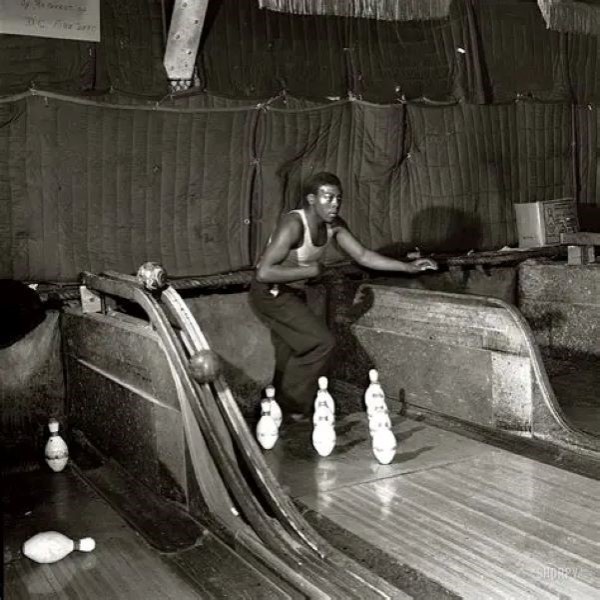 Common Misconceptions About Bowling’s Origins
Common Misconceptions About Bowling’s Origins
Many myths surround who invented bowling. One common belief is that it began in America. While the U.S. standardized the game, evidence proves much older origins.
Another myth claims bowling was always a game. In fact, some early versions had spiritual meanings. Egyptians may have used pins in funerary rites.
People assume all bowling uses ten pins. Yet, nine-pin variants still exist. Kegel, skittles, and duckpin are regional alternatives.
Some think heavy balls are necessary. But lightweight plastic balls allow beginners to participate. Skill matters more than strength.
Others believe automation ruined the sport. On the contrary, mechanical pinsetters made bowling affordable and fast. More people could play regularly.
There’s also a false idea that bowling lacks athleticism. Professional players train rigorously. They study lane conditions, spin rates, and angles.
Lastly, many overlook women’s contributions. Female bowlers have competed since the early 1900s. They broke barriers and set records.
Correcting these misunderstandings enriches our view. Knowing who invented bowling involves separating fact from fiction.
Frequently Asked Questions
Was bowling invented in one country?
No. Similar games appeared in Egypt, Germany, England, and elsewhere. It evolved independently.
When did ten-pin bowling start?
In the late 1800s in America. Nine-pin players added a tenth pin to bypass bans.
Who created the first bowling alley?
Exact origins are unclear. Indoor wooden lanes existed in 14th-century England.
Did ancient Egyptians really bowl?
Archaeologists found ball-and-pin sets in tombs. Purpose remains debated—ritual or recreation.
Is lawn bowling related to modern bowling?
Yes. Both involve rolling toward targets. Rules differ, but the concept connects them.
Who standardized the rules?
The American Bowling Congress (ABC), founded in 1895, set official guidelines.
Are there different types of bowling?
Yes. Ten-pin, nine-pin, candlepin, duckpin, and five-pin are all distinct.
Can we name one person who invented bowling?
No. It developed gradually across cultures. No single inventor exists.
These answers clarify confusion. Knowledge deepens appreciation.
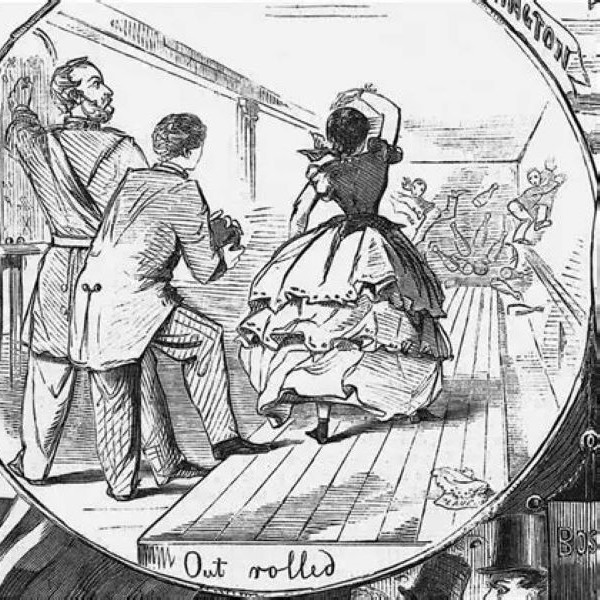 Conclusion
Conclusion
In conclusion, the true answer to who invented bowling is complex. No one individual or era holds the full story. Instead, it emerged from ancient experiments, medieval adaptations, and modern refinements. Civilizations across time contributed ideas, rules, and passion. From Egyptian tombs to American alleys, the sport evolved through trial and tradition. While we may never name a single creator, we honor the collective effort behind every roll and strike. And for anyone who loves the sound of crashing pins, understanding who invented bowling means celebrating humanity’s shared love of play, precision, and fun.